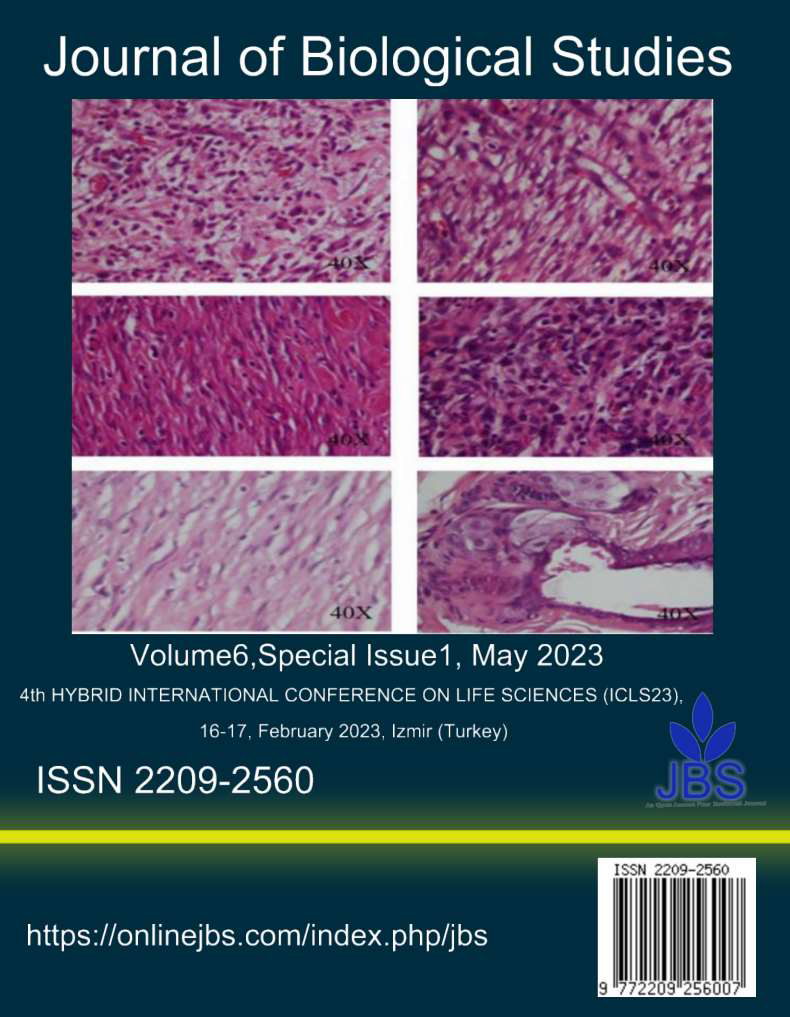Psychometric properties of the college student subjective wellbeing questionnaire (CSSWQ) in a sample of Iranian students
Main Article Content
Abstract
In the field of the measurement of the psychological characteristics of students in Iran some questionnaires have been so far standardized; however, negative constructs such as depression and stress have been emphasized more by these student tools. Given the lack of tools related to the measurement of student wellbeing as well as the problems of current tools besides the lack of a proper study on this matter in Iran, this research was carried out aiming at investigating the psychometric properties of the College Student Subjective Wellbeing Questionnaire (CSSWQ) in a sample of Iranian students. This is a correlational research with the statistical population including female and male students of Shahed and Shahid Beheshti Universities in Tehran (Iran) in 2020. In this study, the convenience sampling method was employed to obtain the sample and 138 students were ultimately considered as the sample size. This tool’s reliability was measured by the internal consistency (Cronbach’s alpha) and splitting methods and its validity was measured by convergent and divergent methods. For the subscales and the overall scale, Cronbach’s alpha coefficients were obtained above 0.70, and the correlation coefficients in the splitting method were obtained above 0.60. Moreover, the scores obtained from this tool exhibited a significant negative correlation with the scores of the negative constructs in the tools DASS, the PWI-A, and the PANAS and a significant positive correlation with their positive constructs. In the end, it was concluded that the CSSWQ has good reliability and validity in the statistical population in question.
Article Details

This work is licensed under a Creative Commons Attribution 4.0 International License.
